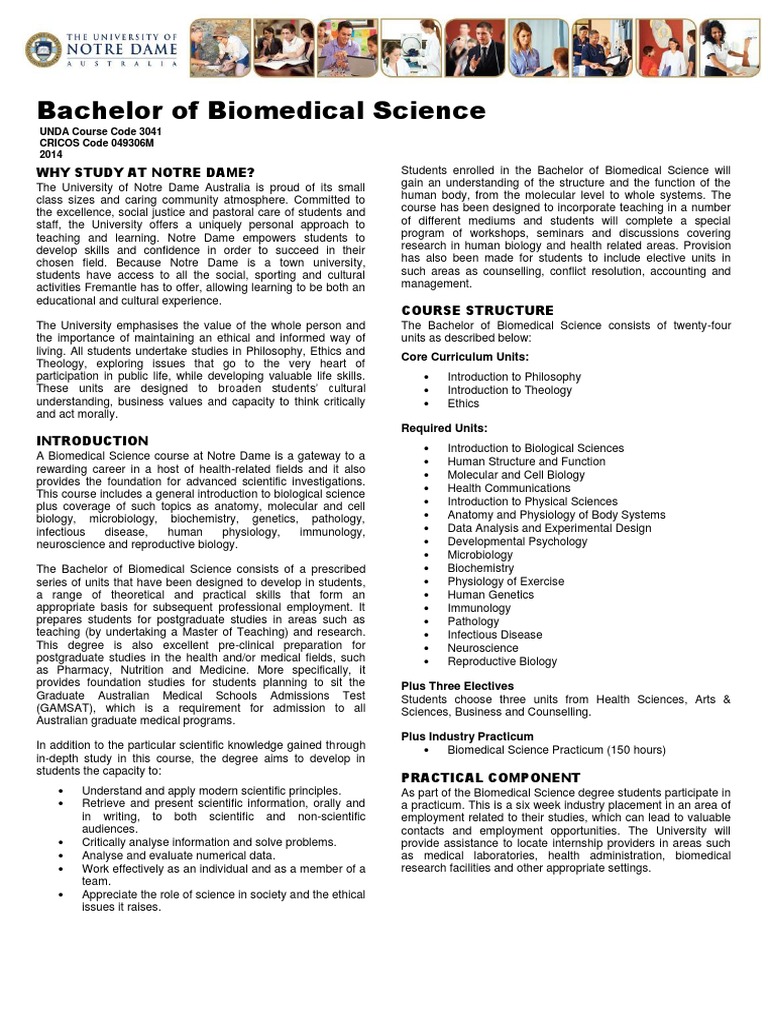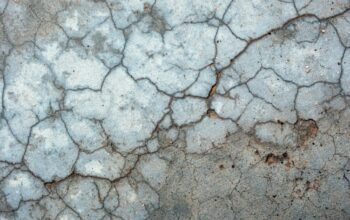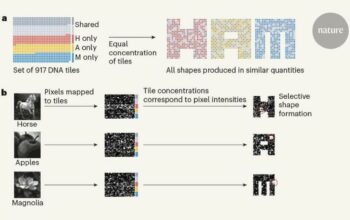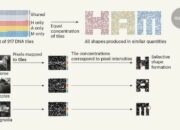The intricate tapestry of biomedical science is often perceived as a domain dominated by biology and chemistry, yet the foundational principles of physics permeate this field more profoundly than many may realize. From the macroscopic mechanics of the human body to the microscopic interactions at the molecular level, the laws articulated by Isaac Newton continue to resonate within the corridors of modern medical practice. The classical principles of motion, energy, and force that Newton elucidated are not relegated to the annals of history; rather, they find contemporary applications that underpin various medical technologies and concepts. This exploration delves into how Newtonian physics remains a salient force in the realm of biomedical science, bridging classical mechanics with modern medical innovation.
To appreciate the profound interconnectedness of physics and medicine, one must first acknowledge the mechanical framework of the human body. Biomechanics, a subdiscipline that stands at the intersection of biology and physics, rigorously examines bodily movements through the lens of Newton’s laws of motion. For instance, the first law, which posits that an object remains at rest or in uniform motion unless acted upon by an external force, is fundamental in understanding how forces influence bodily movements. In the context of gait analysis, this principle becomes paramount; healthcare professionals utilize insights from biomechanics to assess and rehabilitate patients suffering from movement disorders. Newton’s insights into inertia enable clinicians to devise strategies that augment stability and coordination, emphasizing the practical ramifications of his theories in everyday medical practice.
Furthermore, the understanding of fluids, a subject that Newtonian mechanics elucidates through viscous properties and flow dynamics, finds crucial applications in biomedical technologies. The cardiovascular system, which operates largely on principles of fluid dynamics, exemplifies this relationship. Blood flow, influenced by various factors including vessel diameter and blood viscosity, directly correlates with arterial health. Utilizing Bernoulli’s principle, derived from Newtonian mechanics, researchers can evaluate conditions such as atherosclerosis and hypertension, thereby informing treatment protocols. Devices such as Doppler ultrasound leverage these principles to visualize and measure blood flow, highlighting how a Newtonian framework enhances diagnostic capabilities in the hospital setting.
The relevance of Newtonian physics extends beyond systems within the human body. Technological advancements in medical imaging techniques, such as magnetic resonance imaging (MRI) and computed tomography (CT), are deeply rooted in principles governed by classical mechanics. The precise alignment of the magnetic field in MRI machines, coupled with the rotational mechanics described by Newton, establishes the basis for capturing detailed internal images. Similarly, the calibration of CT scanners relies on an understanding of angular momentum and rotational dynamics. These imaging modalities have revolutionized diagnostics, enabling healthcare providers to conduct non-invasive examinations of the body, thereby transforming patient care.
A pivotal aspect of biomedical technology is the development and utilization of medical devices, many of which incorporate Newtonian principles. Consider, for example, the design of orthopedic implants and prosthetics. The analysis of stress and strain on materials, grounded in Newton’s laws, guides engineers in creating devices that can withstand physiological forces while enhancing patient mobility and comfort. The efficacy of these devices hinges on thorough understanding of dynamics, thereby illustrating how Newton’s legacy directly influences the trajectory of engineering innovations in the medical field.
Moreover, the realm of therapeutics reflects a Newtonian influence through the administration of pharmacokinetics. The movement of drugs within the body—a manifestation of classical mechanics—accentuates the significance of understanding forces like diffusion and convective transport. The rates at which pharmaceuticals traverse cellular membranes or circulate through the bloodstream are often modeled with equations stemming from Newtonian physics. By comprehending these dynamics, clinicians can tailor therapeutic regimens that optimize drug delivery and enhance therapeutic efficacy, effectively bridging the gap between physics and effective treatment modalities.
No discourse on the interplay between physics and biomedical science would be complete without referencing the burgeoning field of biophysics. This interdisciplinary domain delves into the physical principles that govern biological systems at the molecular and cellular levels. Techniques such as atomic force microscopy and fluorescence microscopy, which rely on the principles of optics and mechanics, offer unprecedented insights into cellular behavior and interaction. The elucidation of biomolecular mechanisms, such as enzyme kinetics and protein folding, is underpinned by principles of energy transfer and motion that resonate with Newtonian frameworks. This intersection not only elevates our understanding of biology but also fosters innovative approaches to drug discovery and disease modeling.
In conclusion, the lasting legacy of Isaac Newton is palpably felt within the sphere of biomedical science. From biomechanical assessments to the cutting-edge technologies facilitating patient care, the integration of Newtonian physics enriches the narrative of modern medicine. The principles of motion, force, and energy are not merely relics of classical mechanics; they engender practical solutions to contemporary health challenges. As we navigate the complexities of biomedical science, the foundational insights provided by Newton continue to illuminate the path toward innovation and healing, affirming that indeed, Newton still belongs in the hospital.










